Panasonic Lumix FZ48 Review
Panasonic Lumix FZ48
Does Panasonic's all-new Lumix FZ48 superzoom deliver the goods?
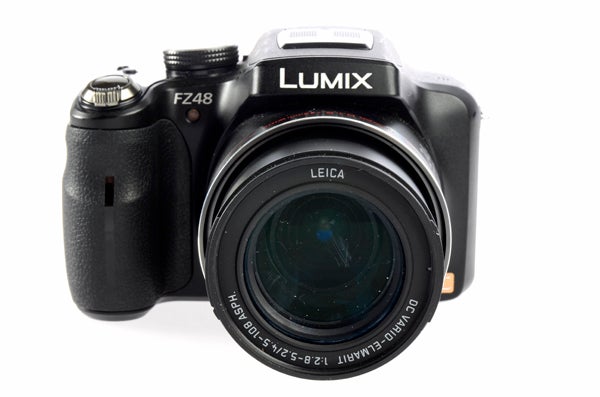
Verdict
Pros
- Flexible zoom range
- Easy to use
- Good movie-recording abilities
Cons
- Some image quality issues
- Removal of Raw recording a step backwards
- EVF isn't great
Key Specifications
- Review Price: £319.99
- 12.1-megapixels
- 24x optical zoom
- 1080p Full HD movie recording
- Power O.I.S image stabilisation
- Creative Control digital filters
While at first glance the FZ48 looks remarkably similar to the FZ45 model it supersedes, there are in fact several notable differences between the two models, some of which are clearly improvements, while others are more debatable.
Internally, the most major thing that has changed is the sensor. While both cameras use standard 1/2.3in size compact sensors, the one inside the FZ45 delivers 14.1MP of effective resolution, whereas the FZ48 takes a newly developed Hi-Speed CCD chip that is capable of outputting at 12.1MP. In addition, the newer model also gets the latest Venus Engine FHD II image processor.
Panasonic’s decision to reduce resolution strikes us as a manifestly sensible decision, and one that’s very much in keeping with the recent trend from manufacturers to scale back overall resolution to concentrate on improving other aspects of image quality, such as low-light performance. It’s worth bearing in mind that 12.1MP is still plenty enough to make decent enlargements of your images with, so you’re not really losing out.
Images are recorded in the default 4:3 aspect of the 1/2.3in sensor, with the maximum output at full resolution being 4000 x 3000 pixels. Other aspect options include 3:2, 16:9 and 1:1 all at slightly reduced maximum resolutions. Sensitivity stretches from ISO 100 to 1600 with no reduced resolution High Sensitivity options to call upon. This is a very narrow range for a camera of this price and type, with most of the FZ48’s direct competitors (and the Panasonic Lumix FZ150) offering at least ISO 3200 or beyond.
One area where the FZ48 takes a large step backwards from the FZ45 is the removal of the ability to record images as lossless sensor data. We’re a bit stumped as to why Panasonic has done this. Perhaps the company wants to put more light between its entry-level and flagship superzoom models. Or perhaps there’s an assumption that Raw recording simply isn’t a priority with the FZ48’s target audience of point-and-shooters. Either way, the removal of Raw recording is a loss and certainly diminishes the overall flexibility of the FZ48. Hopefully Panasonic will reinstate it with the next entry-level FZ model.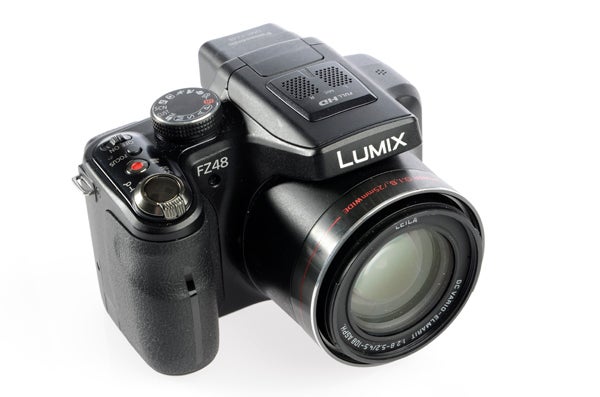
The FZ48’s 24x optical zoom offers exactly the same focal reach of the FZ45. Unlike the FZ45 however, the FZ48’s optic benefits from the addition of Panasonic’s Black Box Nano Surface Coating technology, which helps to control problems with ghosting and lens-flare. Internally, it’s constructed from 14 elements in 10 groups and offers a range of between 25mm to 600mm in 35mm terms. While this offers good telephoto capabilities, the FZ48 is far from being the longest lens of the superzoom pack, at least as far as its optical zooming capabilities go.
Rival models such as the Fujifilm HS20 (c.£300) and Sony HX100V (c.£390) for example, both offer 30x zooms, while the Canon SX30IS (c.£300) and soon-to-be-released SX40IS (c.£460) both offer 35x. Beating all of these is the Nikon P500 (c.£300) with its class-leading 36x zoom.
The FZ48 does have a few tricks up its sleeve though, should you want to extend the zoom beyond its 24x optical capabilities. The first option is to use the camera’s Intelligent Zoom feature. This enables the FZ48 to reach 32x with pretty good results so long as you’re viewing the resultant images at a sensible size.
Combine the Intelligent Zoom with the Digital Zoom and you’re up to 127x, although overall image quality does begin to take a hit. Now dial in a lowered ‘EZ’ resolution setting and it’s possible to push the FZ48 right up to a frankly silly 249x. Obviously, at this level of (primarily digital) magnification overall image quality is fairly dreadful.
Given the huge amounts of telephoto power on tap, it’s reassuring to find that the FZ48 gets Panasonic’s Power Optical Image Stabilisation technology that not only counters camera shake when shooting still images hand-held at slower shutter speeds or at extended telephoto setting, but also suppresses hand-shake when shooting videos too. We’ve always found Panasonic’s implementation of this technology to work very well and the FZ48 is no exception.
On the shooting mode dial you’ll find the regular quartet of semi- and fully-manual shooting modes: Program, Aperture-priority, Shutter-priority and Manual. For those who’d prefer let the camera do all the work, the FZ48 also offers Panasonic’s iAuto mode along with 18 individual Scene modes, five of which (Night Portrait, Close-Up, Sports, Scenery and Portrait) get their own unique position on the shooting mode dial for speedier access. 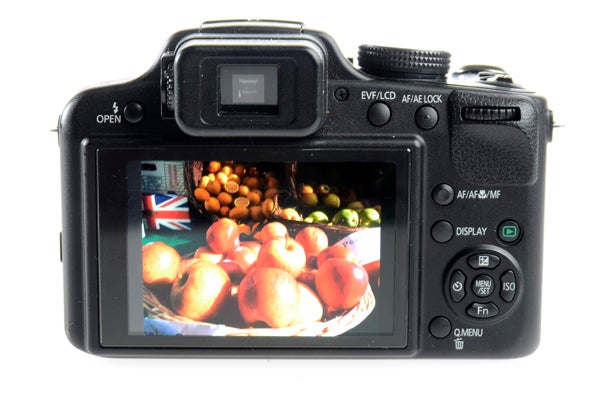
One new feature, not found on the FZ45, is the addition of eight Creative Control settings. These are essentially digital filters that can be applied to your images to get the following effects: Miniature Effect, Expressive, Retro, High Key, Sepia, High Dynamic, Pinhole Camera, Film Grain (B&W).
While the FZ48’s 3in LCD monitor doesn’t quite get the same vari-angle functionality of the FZ150, overall resolution has been increased from the 230k-dots of the FZ45 to a much more credible 460k-dots. It’s a 16:9 aspect so movies (and stills shot at 16:9) will fill the whole screen, with other aspects leaving black bars on either side. Still, overall screen quality in both live view and playback modes isn’t to be sniffed at.
Should you prefer it (or need it on sunny days when the rear monitor is hard to see clearly), the FZ48 also offers a electronic viewfinder (EVF). While it’s certainly functional and offers 100% scene coverage, the actual view through EVF is rather small and in poor light the screen is prone to display excessive noise. It doesn’t deal at all well with fast-moving subjects either, with fluid movement reduced to a kind of juddering slow-mo.
Movie recording is, as is so often the case with Panasonic cameras, a particularly strong point of the FZ48. The top setting sees the camera able to record Full HD at 50p, with files saved in either the AVCHD or MP4 format and sound recorded in stereo. Unlike the flagship FZ100 there’s no external microphone port.
Overall the FZ48 is identical in size to the FZ45 and slightly smaller than the flagship FZ100. Its corners and edges are slightly more angular than its bigger brother though, and it also lacks a hot-shoe meaning you’re limited to using the pop-up flash when it comes to lighting up subjects in the dark. Weighing in at 494g with a battery and SD card (450g without) the whole package feels quite weighty in the hand.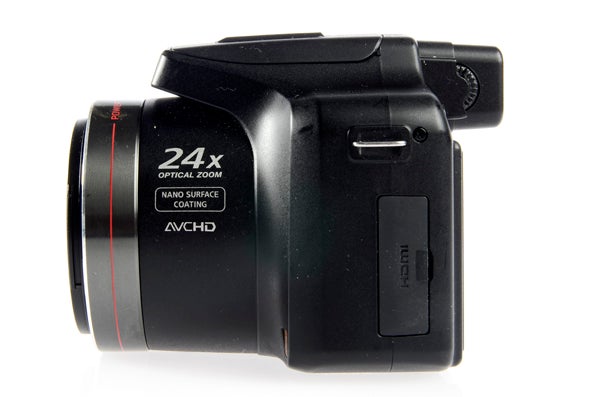
As with all FZ models styling is very much from the DSLR school of design, with the deep finger grip easily able to accommodate two or three fingers. The finger-grip and thumb-rest on the back further benefit from a texturised rubber finish to aid grip. Overall, it’s a very comfortable camera to hold.
Buttons are well placed and well spaced for the most part, although the control wheel is set quite deeply into the camera body which means you have to apply quite a lot of pressure to it. Elsewhere, we approve of how the Q. Menu button can be used to skip straight to regularly used settings. It’s hardly a new feature on Panasonic models, but it remains a valuable shortcut nonetheless, with the icon-led UI proving as easy to use as ever.
The main Menu system sticks with the traditional navigation format and will be instantly familiar to anyone who’s used a Lumix camera before. Using the directional keys navigation is quick and easy, with the number of options you can access and change directly determined by the shooting mode you are using the camera in (more options for PASM, fewer for iAuto).
One of the FZ48’s biggest improvements over its predecessor is the addition of Sonic Speed AF. This technology is derived from Panasonic’s G-series of compact system cameras, and offers exceptionally fast and noticeably smooth AF performance in all but the dimmest of light conditions. When light levels drop beyond the AF module’s capabilities an AF Assist light is located on the front of the camera to help out with finding focus for in-range subjects. 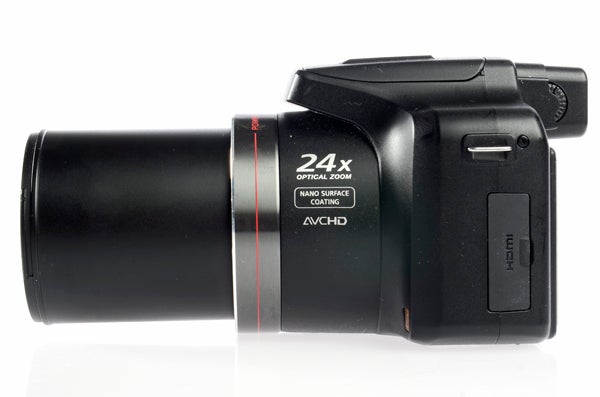
Autofocus options include automatic 23-area AF, single-point (central) AF, Face Detection and an improved Tracking AF mode that can follow moving subjects. Should you wish too there’s even the option to manually focus the FZ48 using the control wheel and the directional keys to shift the plane of focus. Unless you’re using a tripod to shoot a motionless subject, this can be a bit fiddly though, and while trying it for ourselves (hand-held) we were pleased to discover that the Focus button on top of the camera can be called upon to override MF at the press of a button.
Start-up time is a very respectable two seconds. Panasonic claims a continuous shooting capability of 3.7fps up to a maximum seven frames, however in our testing we found the FZ48 to be closer to 3fps, up to a maximum seven frames. Dropping the resolution down doesn’t seem to make any difference to overall speed either, as we managed exactly the same 6fps at 2MP as we did at 12MP. In single-shot mode we were able to record approximately one frame a second.
We found overall image quality to be good but not outstanding, and while the 24x optical zoom is certainly useful there is a price to pay for this flexibility in terms of sharpness of images. 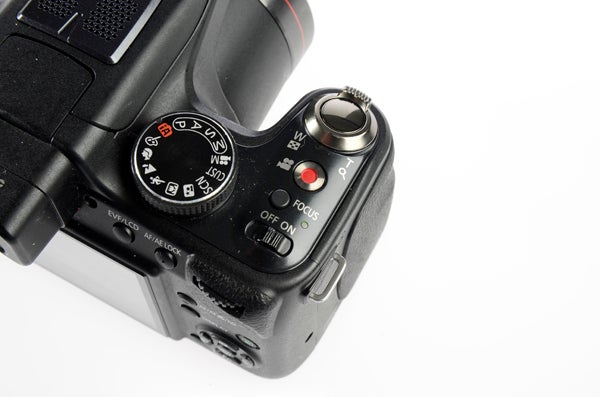
The FZ48 produces its best results in bright but evenly lit conditions. Its dynamic range is rather limited though, and this leads to exactly the same kind of metering dilemmas so common among compacts. We found that when faced with direct sunlight or high-contrast scenes, there is a tendency for the FZ48 to overexpose and to lose highlight detail as a result. Thankfully the camera offers up to three stops of positive or negative EV compensation (in increments of 1/3EV), which can help out in these situations.
Used on the ‘Standard’ Photo Style setting, we found colour was relatively muted and tonality a touch flat. Many images shot with the FZ48 just seem to lack ‘pop’. Thankfully, each of the Photo Styles can be individually customised. In this way it’s possible to fine-tune the Contrast, Sharpness, Saturation and Noise Reduction settings for each of the Photo Style presets.
In darker conditions when the camera is used at higher sensitivities, images begin to progressively lose both colour and detail at ISO 400 and above. While it is possible to get acceptable results for internet and other small-size low-resolution usage at the maximum setting of ISO 1600, these images quickly begin to reveal their deficiencies once you start enlarging them.
We’d really rather hoped that the reduction in overall resolution would result in better high-sensitivity image quality but sadly this doesn’t appear to be the case, certainly not to the extent that we’d hoped for anyway. To get the best out of the FZ48 it really needs to be kept at ISO 100 or ISO 200, and of course in the real world this isn’t always possible.
While the telephoto reach of the 24x optical zoom is certainly useful we did find that many images lacked sharpness. As might be expected this is most prevalent when the camera is being used at its maximum possible aperture at or around 25mm, although performance at f/5.8-f/8 isn’t the best we’ve seen either. Macro performance, however, is very good, allowing you to get as close as 1cm away from your subject, with the Macro Zoom feature enabling you to capture your subjects in great detail.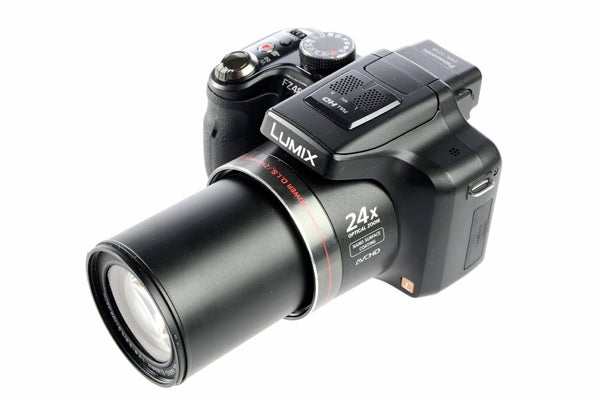
One further issue, not only with the FZ48 but with Lumix compacts in general is that the Automatic White Balance has a tendency to make images a little on the cool side and to sometimes imbue them with a slightly green (occasionally magenta) colour cast. We haven’t noticed this problem with the company’s G-series of micro system models, although we have seen it previously on Lumix compacts. It’s certainly something Panasonic would do well to address with future updates.
Verdict
With the flexibility of a 24x optical zoom, solid Hi-Def movie recording abilities and a good range of shooting modes and easy-to-use digital filters, the FZ48 looks to have plenty going for it. Image quality is a little disappointing though, as is the removal of Raw recording. Overall, while the FZ48 is certainly competent, it’s not a camera that really excites us. If you’re intent on a superzoom and have a £300 budget then then it’s certainly worth a look. If, however, image quality is more important than maximum telephoto reach, then there are better cameras out there at this price point.

The ISO test shot in full. All of the crops below are reproduced at 100%.

At ISO 100 the Lumix FZ48 is noise-free, although you can see the effects of processing

Study ISO 200 closely (at pixel level) and you can see some slight softening, but it’s really nothing to worry about.

By ISO 400, however, that softening has become more pronounced.

And by ISO 800 noise is also beginning to affect colour saturation as well as detail.

The maximum setting of ISO 1600 sees a significant softening of detail along with a loss of saturation.
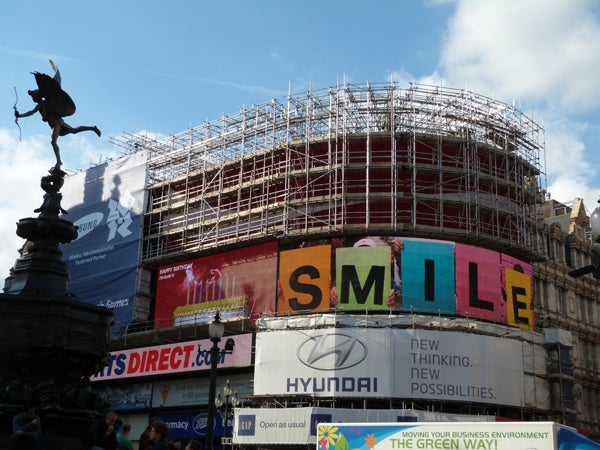
If you’re just after quick snapshots, then the FZ48 generally performs ok.

We did find the lens to be a bit soft, especially when at the wider settings of its focal range.

The FZ48 delivers the best results at low ISO settings (ISO 200) and at a medium focal length and aperture (f/7.1).

The camera does, however, tend to struggle with direct sunlight.

In high-contrast scenes the FZ48’s limited dynamic range often leads to blown highlights.

Macro mode is very impressive – we especially like the 3x Macro zoom. Again, exposure metering has lost some highlight detail though.

We did find the Standard ‘Photo Style’ does deliver somewhat muted colour.

At ISO 800 and above saturation levels drop quite dramatically, leading to flat-looking images.
Trusted Score
Score in detail
-
Value 7
-
Design & Features 8
-
Image Quality 7
-
Build Quality 8

